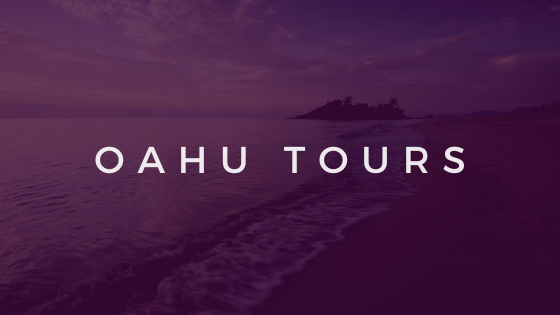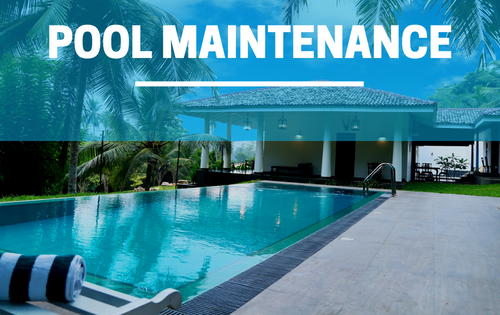
Oahu Island Information
O’ahu lies in the middle of the Hawaiian archipelago as the third largest island within the chain. Much of the eastern portion of the island is state forest reserve land and open for public use.
Attractions – O’ahu is 44 miles long and 30 miles across encompassing 594 square miles. The island was formed by two volcanoes, Waianee and Koolau, now extinct. The mountain ranges on the western and eastern sides of the island are named for these volcanoes, respectively. Both ranges are protected by state forest reserve lands. Fifty beaches that line the O’ahu coast are within the state or county beach/park program. Many of these sites contain various facilities the least of which are bathrooms and showers.
This island is split into four regions: the South Shore, Windward Coast, North Shore and Leeward Coast. The South Shore of O’ahu is the most populated and developed region of the entire state. It contains the capital city of Honolulu with a population near 400,000. Waikiki Beach stretches for two miles along the water south of the city, and is the most popular beach on the island. Pearl Harbor lies west of Waikiki and Honolulu. This natural harbor contains the U.S.S. Arizona Memorial, the most visited site in the state. North of the capital city is the Honolulu Watershed Forest Reserve that protects the highlands and provides access to natural areas along the southeastern coast. Several state parks, beaches and monuments along O’ahu’s southeastern shoreline preserve fascinating and beautiful natural and cultural landmarks.

The Windward Coast of O’ahu lies along the northeastern shore. Like every other island in this archipelago the windward coast receives large amounts of rain. This area on O’ahu is largely rural with private agricultural lands. State highway 83 leads along the scenic coast between the water and the Koolau Mountain Range. Natural areas in this region include Kailua Beach Park, Kualoa Regional Park, Kahana Valley State Park and Malaekahana State Recreation Area.
The North Shore of the island is famous for its beaches that produce large waves for surfing. Winter weather patterns create up to 35 foot waves that make Waimea Bay Beach Park, Ekuhai Beach Park and Sunset Beach Park hotspots for surfers and spectators. Due to the large swells produced on these beaches many have strong under currents that easily overpower swimmers. Swimming is usually best during the summer months on the north shore of O’ahu, when currents aren’t as swift.
The leeward coast of O’ahu or the Waianae Coast is on the west side of Oahu and the least developed region of the island. This area is arid as it lies in the rain shadow of the Waianae Mountain Range. Eight beach parks line the leeward shores of western O’ahu as well as a few small communities. Makaha Beach Park is a favorite with old style surfers and spectators. When the waves are not big enough to surf this is an excellent place to swim.





